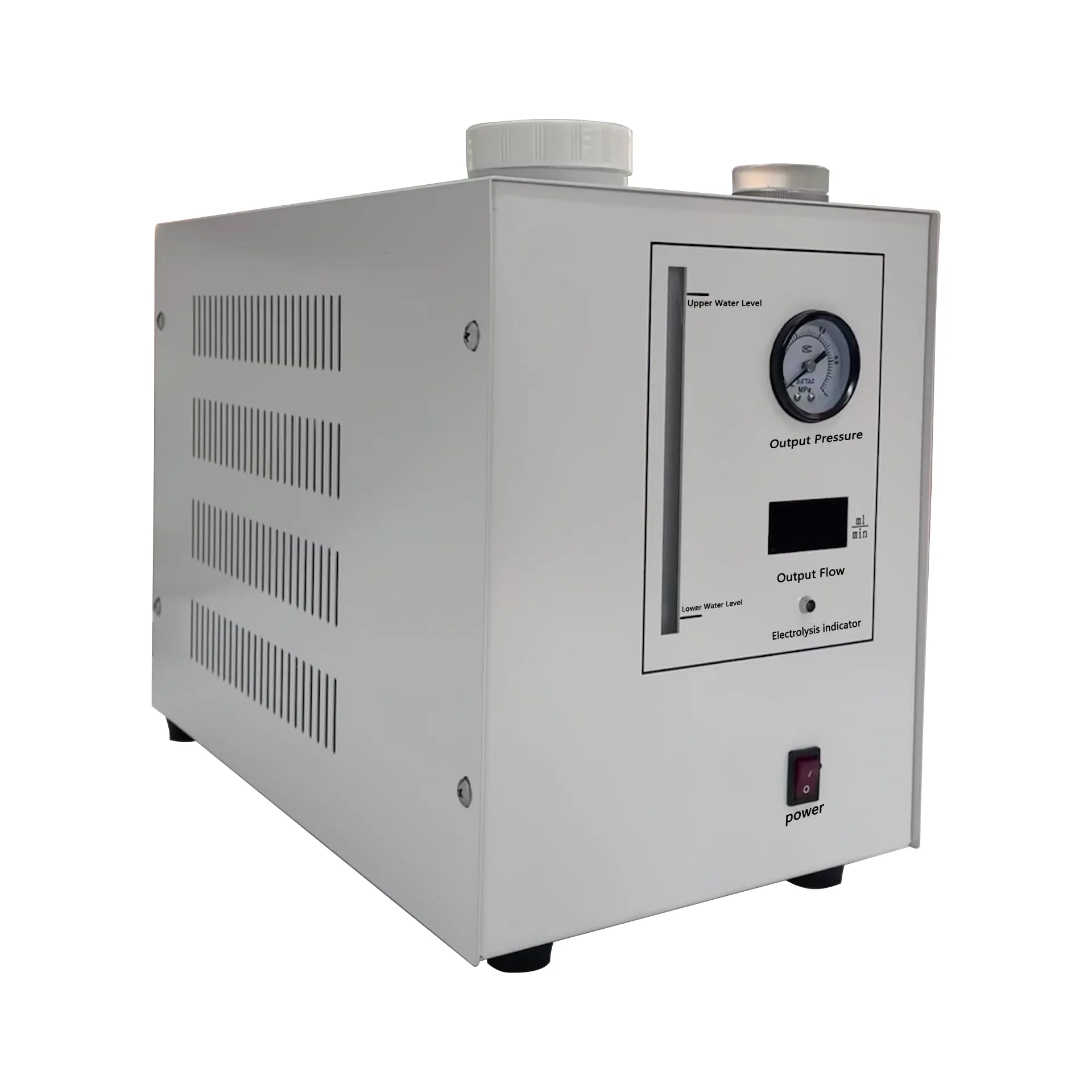 English
English



-
 Afrikaans
Afrikaans -
 Albanian
Albanian -
 Amharic
Amharic -
 Arabic
Arabic -
 Armenian
Armenian -
 Azerbaijani
Azerbaijani -
 Basque
Basque -
 Belarusian
Belarusian -
 Bengali
Bengali -
 Bosnian
Bosnian -
 Bulgarian
Bulgarian -
 Catalan
Catalan -
 Cebuano
Cebuano -
 China
China -
 China (Taiwan)
China (Taiwan) -
 Corsican
Corsican -
 Croatian
Croatian -
 Czech
Czech -
 Danish
Danish -
 Dutch
Dutch -
 English
English -
 Esperanto
Esperanto -
 Estonian
Estonian -
 Finnish
Finnish -
 French
French -
 Frisian
Frisian -
 Galician
Galician -
 Georgian
Georgian -
 German
German -
 Greek
Greek -
 Gujarati
Gujarati -
 Haitian Creole
Haitian Creole -
 hausa
hausa -
 hawaiian
hawaiian -
 Hebrew
Hebrew -
 Hindi
Hindi -
 Miao
Miao -
 Hungarian
Hungarian -
 Icelandic
Icelandic -
 igbo
igbo -
 Indonesian
Indonesian -
 irish
irish -
 Italian
Italian -
 Japanese
Japanese -
 Javanese
Javanese -
 Kannada
Kannada -
 kazakh
kazakh -
 Khmer
Khmer -
 Rwandese
Rwandese -
 Korean
Korean -
 Kurdish
Kurdish -
 Kyrgyz
Kyrgyz -
 Lao
Lao -
 Latin
Latin -
 Latvian
Latvian -
 Lithuanian
Lithuanian -
 Luxembourgish
Luxembourgish -
 Macedonian
Macedonian -
 Malgashi
Malgashi -
 Malay
Malay -
 Malayalam
Malayalam -
 Maltese
Maltese -
 Maori
Maori -
 Marathi
Marathi -
 Mongolian
Mongolian -
 Myanmar
Myanmar -
 Nepali
Nepali -
 Norwegian
Norwegian -
 Norwegian
Norwegian -
 Occitan
Occitan -
 Pashto
Pashto -
 Persian
Persian -
 Polish
Polish -
 Portuguese
Portuguese -
 Punjabi
Punjabi -
 Romanian
Romanian -
 Russian
Russian -
 Samoan
Samoan -
 Scottish Gaelic
Scottish Gaelic -
 Serbian
Serbian -
 Sesotho
Sesotho -
 Shona
Shona -
 Sindhi
Sindhi -
 Sinhala
Sinhala -
 Slovak
Slovak -
 Slovenian
Slovenian -
 Somali
Somali -
 Spanish
Spanish -
 Sundanese
Sundanese -
 Swahili
Swahili -
 Swedish
Swedish -
 Tagalog
Tagalog -
 Tajik
Tajik -
 Tamil
Tamil -
 Tatar
Tatar -
 Telugu
Telugu -
 Thai
Thai -
 Turkish
Turkish -
 Turkmen
Turkmen -
 Ukrainian
Ukrainian -
 Urdu
Urdu -
 Uighur
Uighur -
 Uzbek
Uzbek -
 Vietnamese
Vietnamese -
 Welsh
Welsh -
 Bantu
Bantu -
 Yiddish
Yiddish -
 Yoruba
Yoruba -
 Zulu
Zulu
Short Circuit Test for Transformers to Assess Performance and Efficiency
Short Circuit Test on a Transformer
The short circuit test on a transformer is a fundamental procedure designed to determine several key parameters of a transformer while it's operating under controlled conditions. This test is essential for evaluating the performance and efficiency of transformers, which are crucial components in power systems and electrical distribution.
Purpose of the Short Circuit Test
The primary objective of the short circuit test is to measure the transformer’s equivalent circuit parameters, specifically its series impedance and losses. During this test, a low-voltage short circuit is applied to the transformer's secondary (or low-voltage) winding, enabling the measurement of the primary voltage and current input at this condition. This scenario simulates the situation where the transformer experiences a short circuit, helping engineers assess how the transformer will behave under fault conditions.
Procedure of the Test
Before conducting the short circuit test, safety precautions must be established since the test involves high currents that can be hazardous. The transformer is first disconnected from the supply, and the secondary winding is short-circuited using appropriate equipment.
1. Connections The secondary winding is shorted through ammeters and voltmeters to measure the current and voltage levels accurately. 2. Applying Voltage A low voltage is then applied to the primary winding. This voltage is typically less than the rated voltage of the transformer, ensuring that the current remains within a safe limit. The input voltage is gradually increased until the rated current flows through the secondary winding.
short circuit test on a transformer is conducted to determine

3. Data Collection During the test, measurements of the primary voltage and current are taken. These readings are essential in calculating the impedance (Z) of the transformer. The power factor can also be determined by measuring the phase angle between the voltage and current.
4. Calculating Parameters Using the measured values, engineers can derive important transformer parameters such as copper losses, equivalent resistance (R), and reactance (X). The total impedance can be calculated as \[ Z = \frac{V_{primary}}{I_{secondary}} \] Furthermore, the core losses are not taken into account during this test as the core is not energized.
Importance of the Results
The data acquired from the short circuit test is vital for several reasons. First, it allows for the assessment of transformer efficiency, which is essential for ensuring minimal energy losses during operation. By knowing the equivalent resistance and reactance, engineers can design better protection schemes for the transformer, which is crucial when it operates under fault conditions. The calculated parameters also help in model simulations, ensuring that the transformer functions correctly within the electrical network.
Conclusion
In conclusion, the short circuit test on a transformer is a crucial step in evaluating transformer performance and reliability. Not only does it provide insights into the operational characteristics of the transformer, but it also plays a significant role in safeguarding against potential failures during service. As the demand for reliable power supply continues to rise, the importance of such tests cannot be understated. The short circuit test serves to enhance the resilience of transformers in the face of increasing loads and dynamic operating conditions, thereby contributing significantly to the stability of electrical power systems.
-
Using Distillation Range Testers in the Food and Beverage IndustryNewsApr.16,2025
-
The Impact of IoT on Distillation Range Tester PerformanceNewsApr.16,2025
-
The Best Distillation Range Testers for Extreme ConditionsNewsApr.16,2025
-
How Distillation Range Testers Save Time and MoneyNewsApr.16,2025
-
Distillation Devices for Advanced Separation TechniquesNewsApr.16,2025
-
Common Mistakes to Avoid When Using a Distillation Range TesterNewsApr.16,2025



